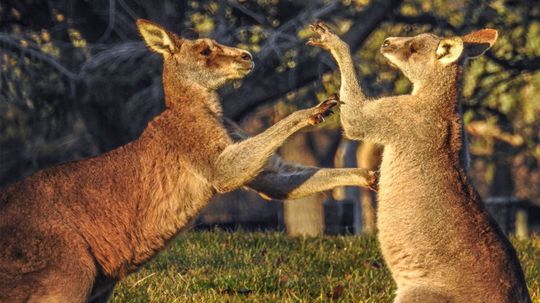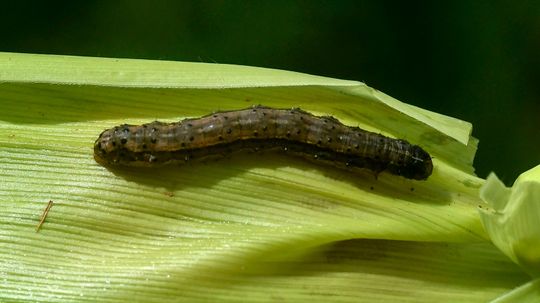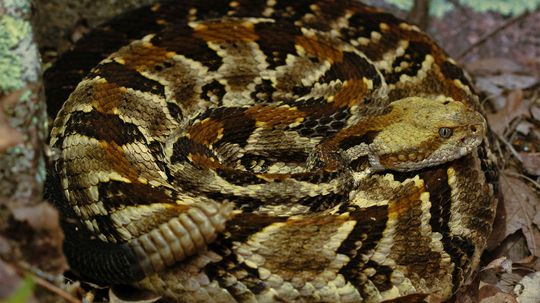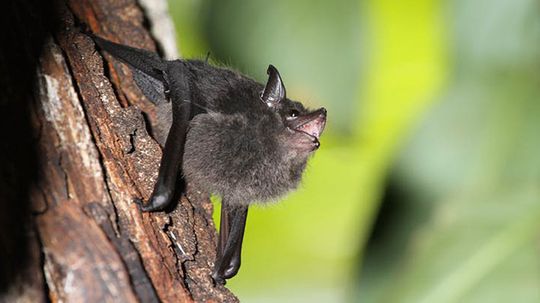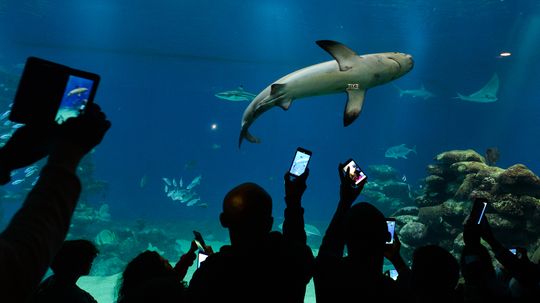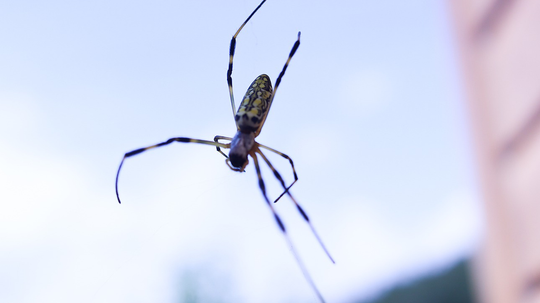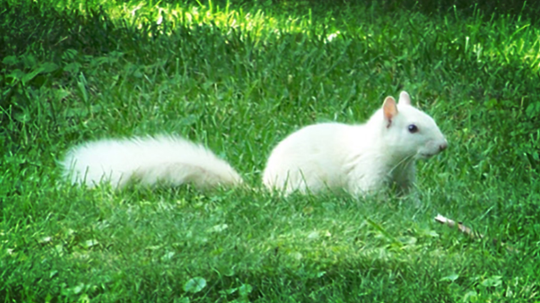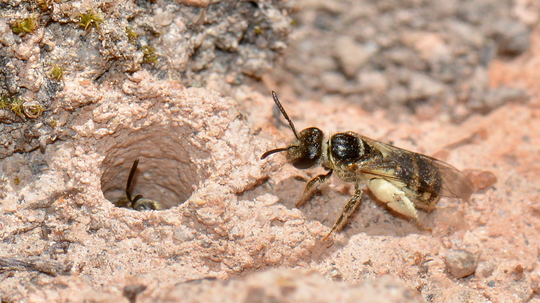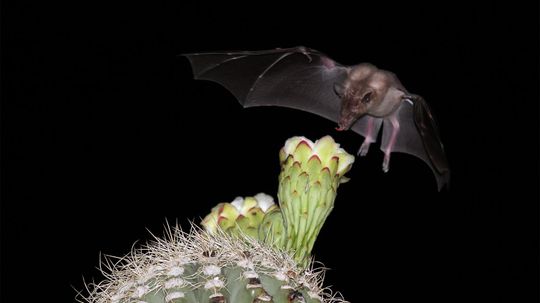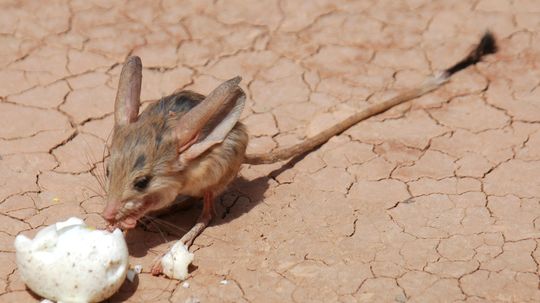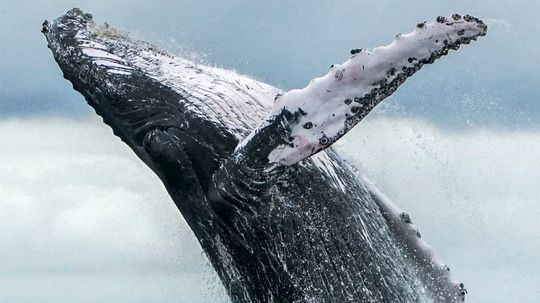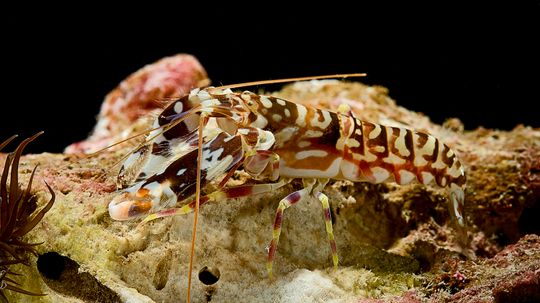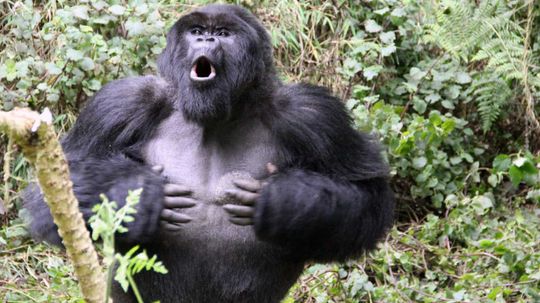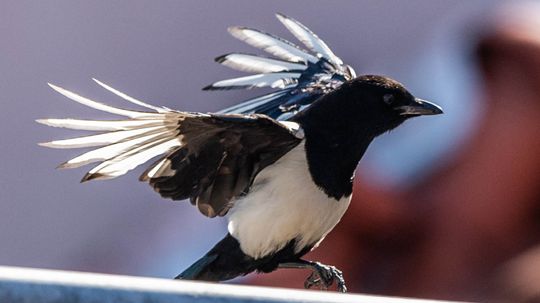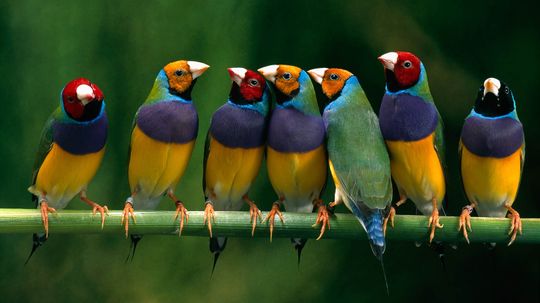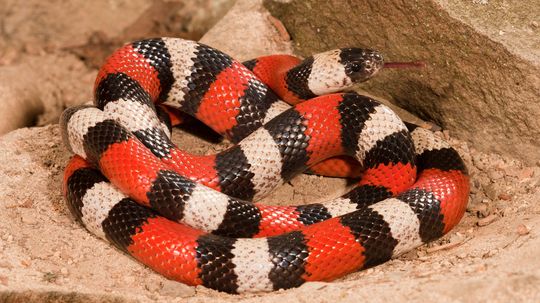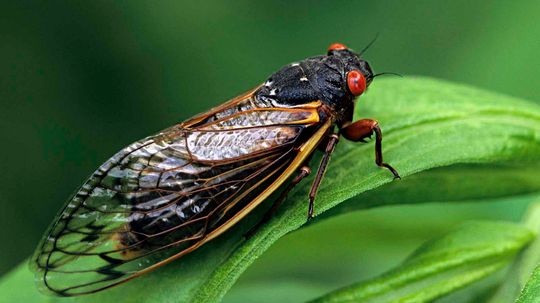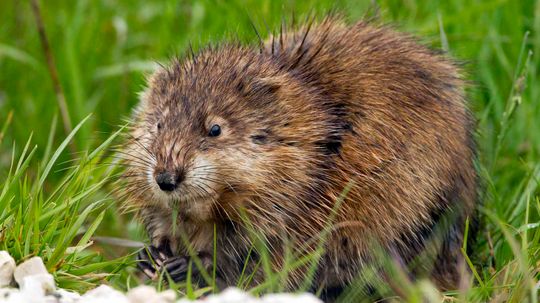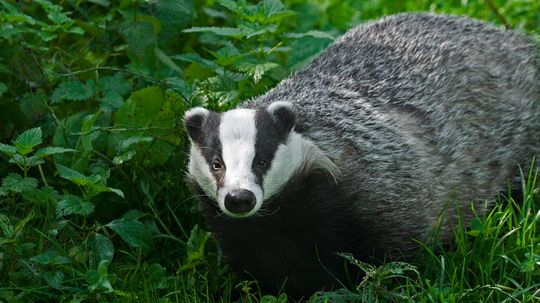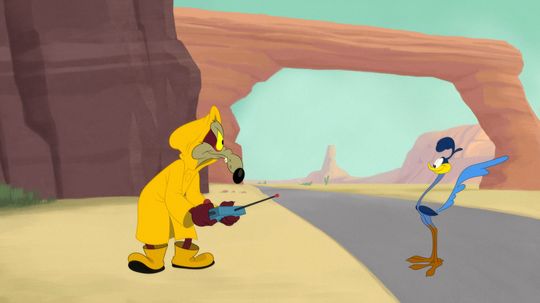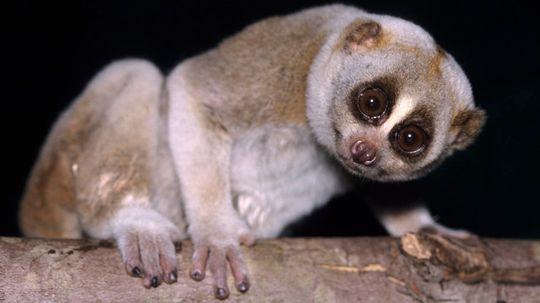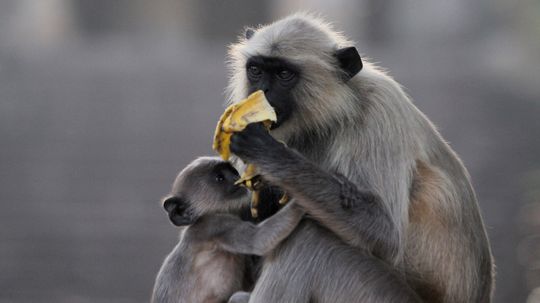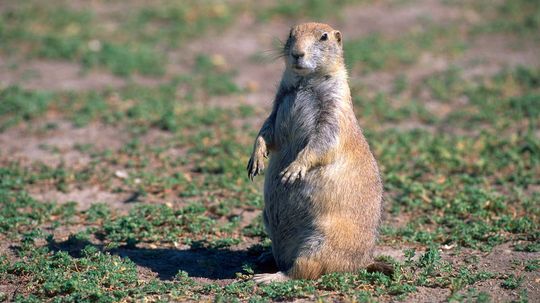Wild Animals
Whether they crawl, fly, swim, slither, walk, run or pounce, wild animals rely on their instincts. Read about all kinds of wild animals, mammals, birds, fish, insects, reptiles and amphibians.
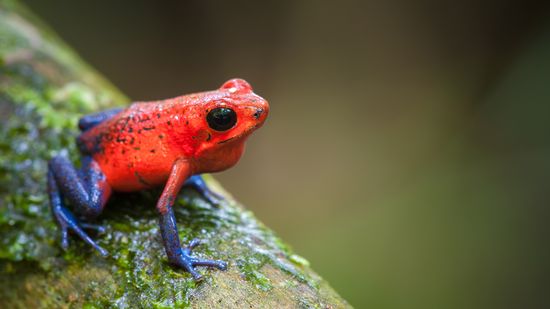
12 Colorful Frog Species: From Tie-dyed Designs to Rare Hues
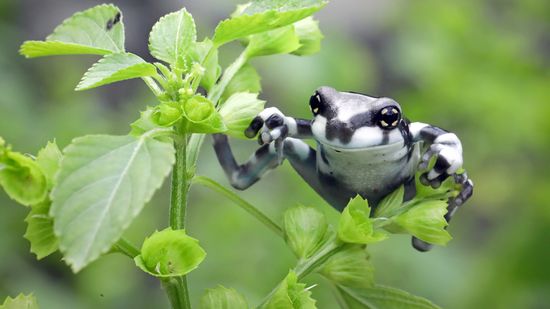
Amazon Milk Frog: Named for Its Defense, Not Its Color
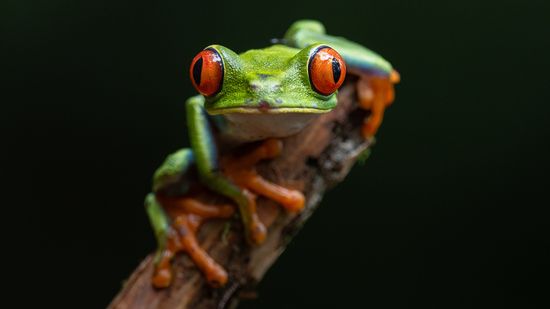
The Red-eyed Tree Frog Has Extremely Sensitive Skin
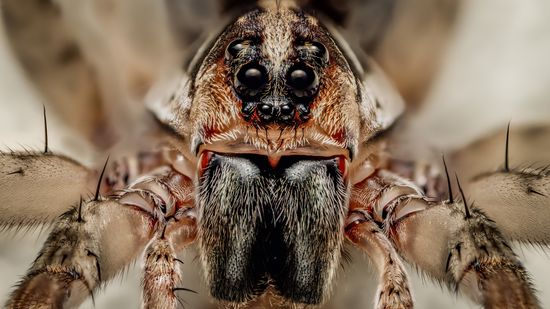
What Is a Group of Spiders Called? (Aside From Icky)
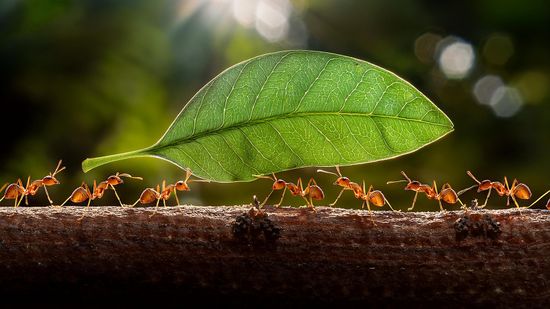
What Is a Group of Ants Called? Army vs. Colony vs. Swarm
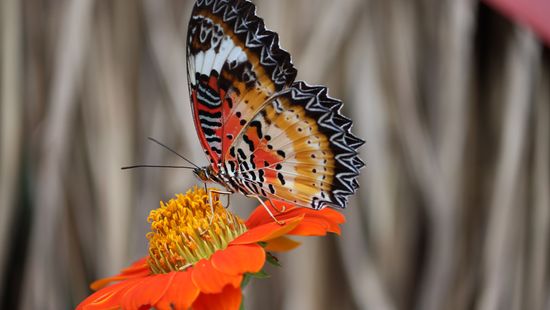
10 Red Butterfly Species Found From India to Florida to Europe
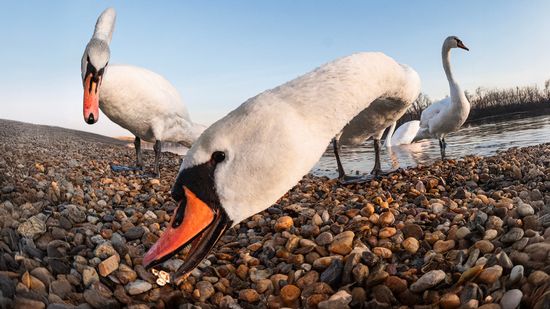
What Is a Group of Swans Called? Not a Flock
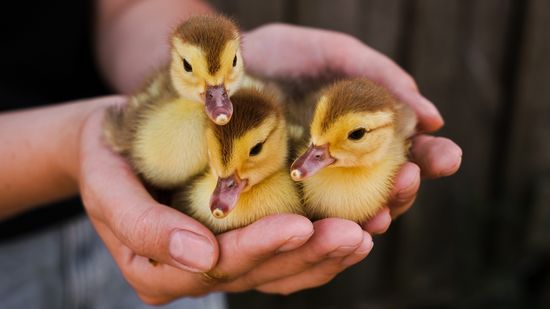
What Is a Group of Ducklings Called? It's Surprisingly Moody
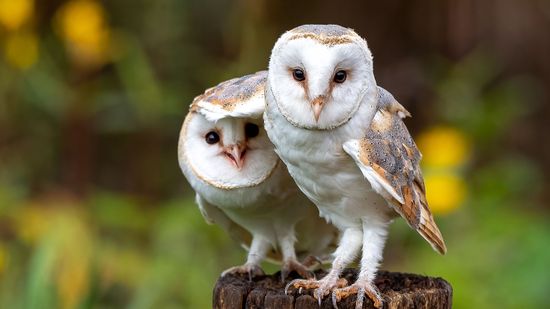
What Group of Birds Is Called a Parliament?
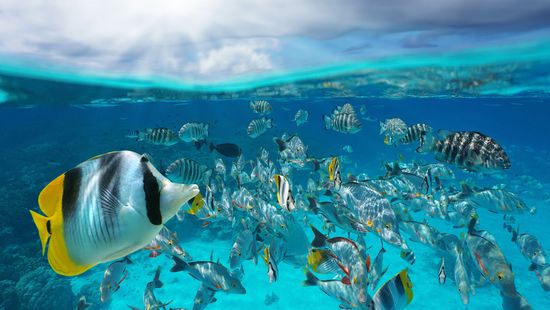
What Is a Group of Fish Called? Not Always a School
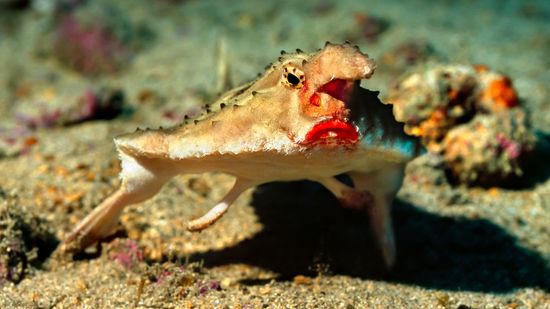
10 Weirdest Fish in the World: Batfish, Hairy Frogfish, and More
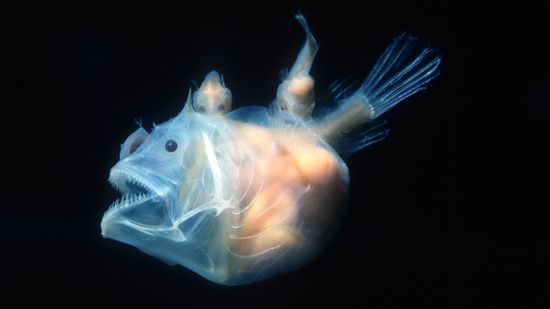
10 Scariest Fish Lurking in Rivers, Deep Ocean Waters, and Shells
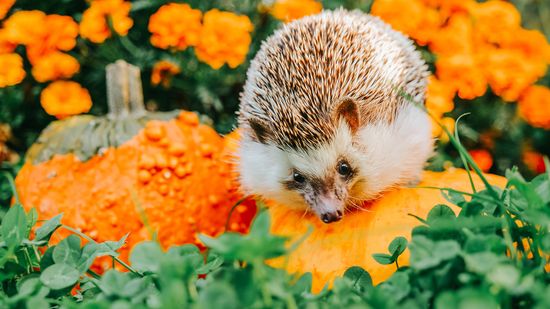
What Is a Group of Hedgehogs Called? It's Adorably Appropriate
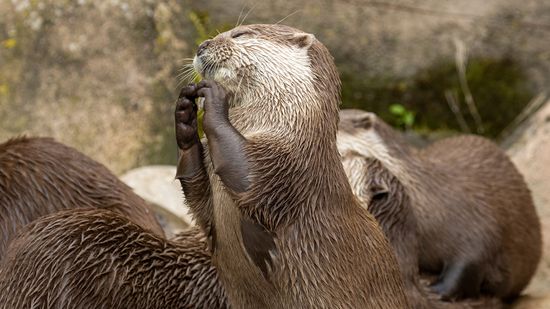
What Is a Group of Otters Called? The Official Terms Are Adorable
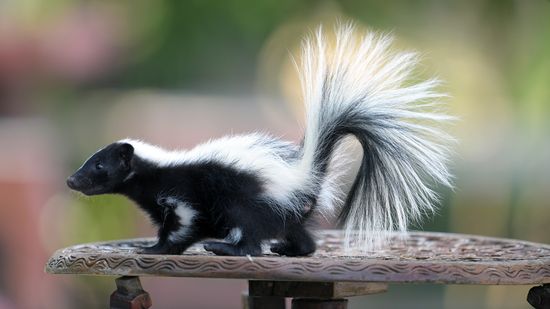
What Is a Group of Skunks Called? Here's Why You've Never Asked Before
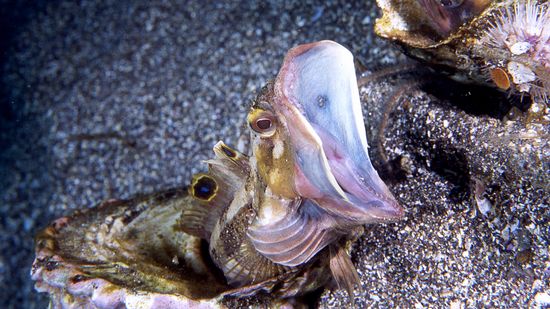
10 of the Scariest Sea Creatures Lurking in the Ocean's Depths

How Bioluminescent Jellyfish Get Their Signature Glow
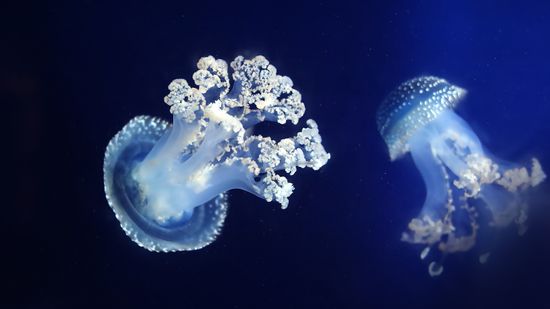
White Spotted Jellyfish: Cute Until They Become Invasive
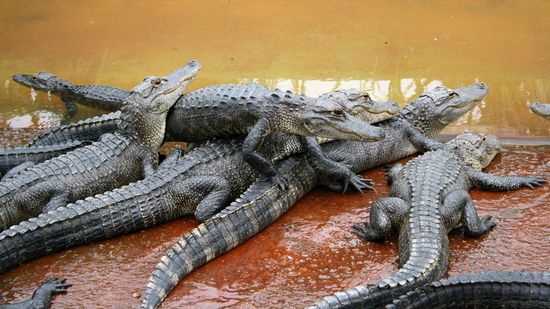
What Is a Group of Alligators Called? It Sounds Surprisingly Formal
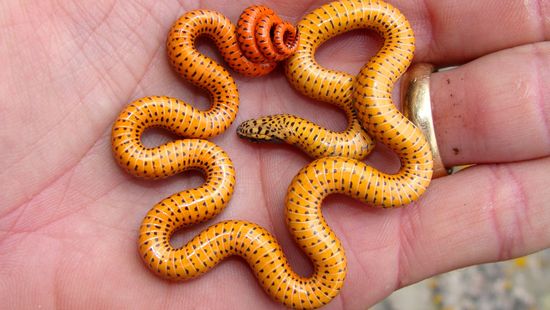
10 Cutest Snake Species That Have Us Squeeing
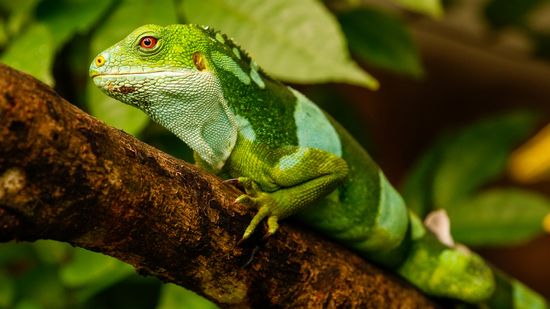
10 Colorful Lizards to Delight Reptile Lovers
Learn More / Page 21
The boxing kangaroo as a symbol of the Australian fighting spirit dates back to the 1890s, but what's the truth? Do kangaroos actually box?
They love your lawn and, in 2021, they're everywhere. Here's what to do about armyworms and how to spot the little critters.
If you're looking for the venomous timber rattler, the U.S. is the place to be, as these bad boys are found in at least 27 states.
By Mark Mancini
Advertisement
Scientists have found striking parallels between the babbling produced by greater sac-winged bat pups and the babbling baby sounds of human infants.
The invasive spotted lanternfly is spreading across the Eastern U.S. Here's what you need to know about this voracious pest.
Decades before Discovery started its wildly successful Shark Week, Americans were transfixed by stories of shark-infested waters.
Spiders don't have wings, so technically can't fly. But some arachnids can soar through the air with the greatest of ease.
By Mark Mancini & Talon Homer
Advertisement
Leucistic squirrels are rare, but Brevard, North Carolina has a thriving population.
Most of us think all bees live in colonies, or hives, but there are far more species that don't produce honey, don't sting and live mostly solitary lives underground.
You read that right. Fruit bats are instrumental in pollinating hundreds of plants, including the agave, a key ingredient in tequila.
By Mark Mancini
With a little pig snout and the locomotion of a kangaroo, these tiny desert rodents hardly ever drink water and rarely urinate.
Advertisement
Humpback whales can be as long as a city bus and weigh as much as two. They love to breach and water slap with their fins and tails, making them a perennial favorite for whale watchers.
By Katie Carman
The pistol shrimp is feared in the ocean for its ability to hit a prey with air bubbles that travel 82 feet per second, pop at 218 decibels and deliver 8,000 degrees Fahrenheit of heat.
By Katie Carman
It's a behavior synonymous with gorillas - beating the chest. But why do they do it? Researchers think they've figured out what the purpose is behind that pounding.
Magpies are much-maligned as harbingers of doom, thieves of shiny objects and songbird eggs, but they're smart, monogamous for life and actually hold funerals for one another.
Advertisement
Finches can live for five to 10 years and make great companion pets as long as they are given enough space to fly around.
Often confused with the venomous coral snake, which advertises its toxicity through bright bands of color, the milk snake is harmless to humans.
By Mark Mancini & Talon Homer
And we mean really loud. Like up to 100 decibels loud. Get all the buzz on what's making these bug-eyed bugs return.
By John Cooley & Chris Simon
They look a lot like beavers and the two rodents have a lot in common. But muskrats are their own species with their own signature scent.
By Meg Sparwath
Advertisement
Badgers love to dig - one den, or "sett," in southern England is thought to cover a territory of over a square mile and have up to 100 entrances.
The cartoon Roadrunner beep-beeped his way through the desert, outfoxing Wile E. Coyote every time, but the real bird can run up to 27 mph and, in some Native American traditions, offers protection from evil spirits.
Red squirrels have a big attitude, which might have to due with their small size. They have to act big. And they do so with noisy and aggressive behavior.
By Mark Mancini
When threatened, the slow loris licks venom secreted from a gland under its arm. Licked and loaded, the loris is ready to poison an attacker with a bite.
Advertisement
There are over 60 species of langur in the world, all of which eat a plant-based diet and most of which burp a lot.
By Wendy Bowman
These chunky little guys aren't dogs at all. They're actually part of the rodent family, and they're shockingly smart.
By Meg Sparwath
